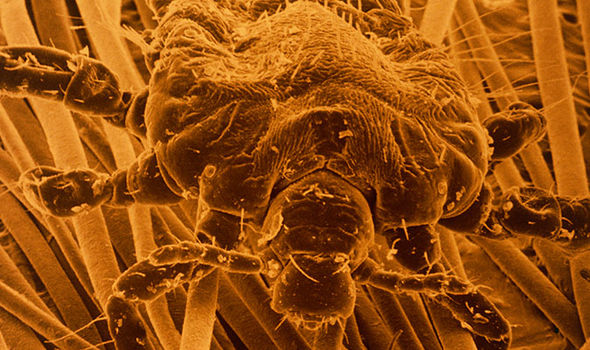
Head lice are common all over the world. Head lice infestation has nothing to do with a lack of cleanliness, as washing your hair with ordinary shampoo does not get rid of head lice. Close interpersonal contacts, especially in community facilities for children and adolescents, promote the spread of head lice. Head lice can occur more frequently at any time of the year if their spread is facilitated by a lack of cooperation or inadequate treatment.
Reservoir
Because humans are the only host species, people with head lice infestation represent the reservoir for further infestations. Talk to lice doctors Chicago to get the treatment done.

Route of infection
By their nature, lice do not tend to leave their habitat, the hairy head! If transmission occurs, it is mainly directly from person to person with close contact by the parasites migrating from hair to hair. Occasionally, the transmission is also possible indirectly via objects that come into contact with the head hair and that are used together within a short period of time combs, hairbrushes, scarves, headgear – possibly up to bicycle helmets, head pads, etc. Lice cannot jump with their staple legs or cover longer distances outside of the host. Pets are not carriers of head lice. An incubation period in the usual sense does not exist.
Head lice: treatment
Countless parents ask themselves this question. The classic head lice treatment is wet combing, ideally in combination with the use of an insecticide. Alternative head lice products contain silicone oils or vegetable oils. Some people also rely on home remedies for head lice.
Wet combing
The lice comb is not only used for diagnostic purposes – it can also be used to fight head lice. To do this, the hair is made wet and possibly treated with a hair conditioner to make it easier to comb. Then comb them out thoroughly, strand by strand, with the lice comb. The whole thing should be repeated several times.







